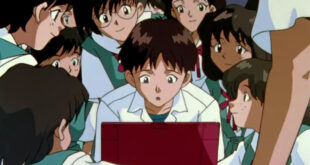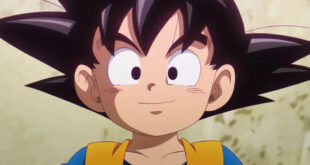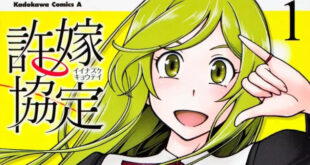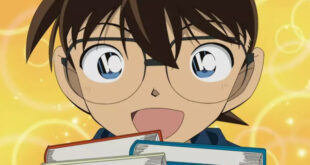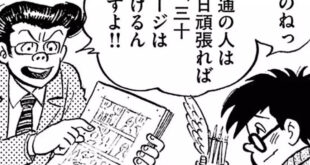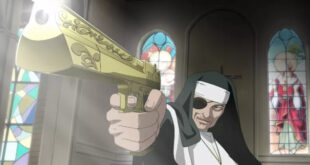Many anime enthusiasts may recall that in past Japanese animated works, characters often expressed the intensity of their battles with rolling smoke and dust. This expressive technique is vivid and exaggerated, not only captivating but also full of humor. If you think seriously, can you remember the last time you saw this kind of expression in animation?
Recently, a discussion has erupted on Japanese anime forums, where many netizens have lamented that this kind of battle depiction seems to gradually fade from view, being replaced by new animation production techniques.
A netizen with the nickname “Cangguang Yongren” expressed his nostalgia online. He misses those classic animations that leave a deep impression, one prominent feature of which is the dust that rises behind the characters during battles.
This method of expression not only saves the effort of animation but also cleverly avoids direct depictions of violent scenes, preserving the fun and entertainment of the work. To him, this approach seems to have become increasingly rare in modern animation.
Let’s take a look at some classic works he mentioned, all of which have adopted this uniquely captivating way of depicting battles:
“Doraemon”: This classic work has always been loved by audiences for its imaginative creativity and unique visual representation, with its smoke and dust battle scenes being particularly unforgettable.
“Fuxing Xiazi”: As one of the representative works of the 1980s, it vividly portrays the conflict between characters through a highly creative expression, both in character design and fight scenes.
“Ninja Rantaro”: Known for its comedic and imaginative battle scenes, the swirling dust in the fight depictions is particularly delightful for the audience.
“Laid-Back Camp”: Although it is a relatively modern work, it occasionally carries on this fun-filled expressive style.
Regarding this vibrant nostalgia for fighting portrayals, many Japanese netizens have expressed their opinions:
This expression is really too nostalgic! In the past, such scenes were everywhere.
Now, this kind of presentation has indeed become very rare (laughs).
“’Laid-Back Camp’ can be considered one of the more innovative examples in this regard.”
Additionally, some netizens pointed out that some modern works still use this technique: “’Persona 3 Reload’ also employs this kind of expression.”
This expression not only lightly avoids inappropriate violent implications towards children but also reduces the workload of drawing, achieving two goals with one effort.
Nowadays, animations often pursue high dynamism and detailed motion capture, and this exaggerated combat technique has been replaced by more refined animation expressions.
This approach is really very reasonable. There’s no need to actually beat the characters to a pulp, and it won’t affect the ratings. It’s truly interesting and practical.
Even in the serialization of ‘Kaguya-sama: Love Is War’, there are classic characters who fought in this way.
This fighting style not only represents a nostalgic part of animation, but also serves as a unique cultural symbol. In an era where technology and aesthetics are continually evolving, we hope that this fun and creative expression will not completely disappear, but rather continue to find its place in modern animation!
Where was the last place you experienced this nostalgic fighting style? Whether in classic works or new releases, as long as this humorous and vibrant expression appears, it will bring unexpected joy and warm memories to the audience.
 Go Tokyo Your Experience
Go Tokyo Your Experience













